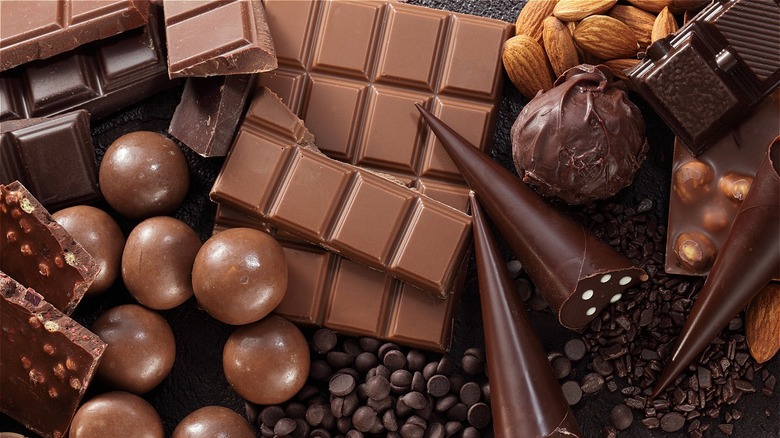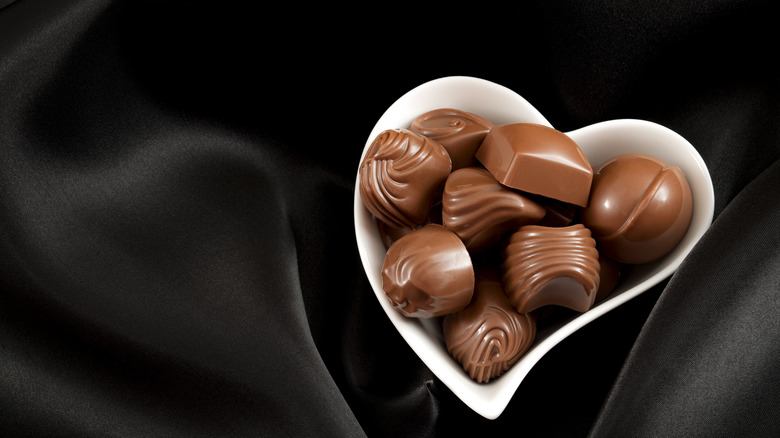New Study Could Mean Chocolate With Same Taste But Less Fat
Back when the earliest societies of Mesoamerica would dry, crush, and stir the beans from the pods of their cacao trees, adding water to make a frothy (if bitter) drink, they were not kidding around. According to the BBC, the Maya civilization, and the Aztecs after them, believed this drink was a gift from the gods, good for everything from religious observances to rewarding soldiers coming home triumphantly from war.
In some ways, not much has changed: We are still deeply in love with chocolate and know more than ever about the meaningful ways it is a gift to us. Its antioxidant elements apparently boost our memory, and some studies report that chocolate could possibly help our brains to learn like kids even as we grow older.
Plus, chocolate is just plain fun to eat. It is that experience — enjoyability — that was the focus of a new study by the University of Leeds. The report suggests that feeling the smooth texture of chocolate on our tongues is the first cue to our senses that this is a treat to be treasured.
Dr. Siavash Soltanahmadi of the School of Food Science and Nutrition at Leeds found that the smooth exterior of chocolate is due to a thin "fatty film" that occurs in the processing of chocolate, a fact that could now have chocolate makers changing their manufacturing tactics. The simple health benefit that shift could mean for chocolate might surprise you.
How manufacturers might be able to lower chocolate's fat content
What is the truth about chocolate — is it really good for us? The short answer, according to registered dietician Mira Ilic of the Cleveland Clinic, is yes, it is. It improves blood flow, has antioxidant properties, and can lower blood pressure.
However, that is at an ounce a day or less. And, although chocolate has beneficial flavonoids, it also has sugar and fat. Even dark chocolate, usually touted as the best and brightest chocolate of choice, is still relatively calorie-dense, reports Medical News Today.
Given the new study coming from the University of Leeds, Dr. Soltanahmadi said that a manufacturing shift could result in a less calorie-dense chocolate while sustaining the sensation of high-fat chocolate. To do this, chocolate makers need only emulsify chocolate in a way that has fat on the outer edges of the chocolate — where our taste buds first meet the treat — and leave the inner parts of the chocolate fat free, since the taste buds do not experience that smoothing effect deep in the chocolate. Voilà! The smooth consistency of chocolate, accomplished with a fraction of the fat. It's unclear when manufacturers will be able to develop this "next generation of chocolate," but chocolate lovers who tip the ounce-a-day scale on a regular basis would surely love to see the shift happen sooner than later.

